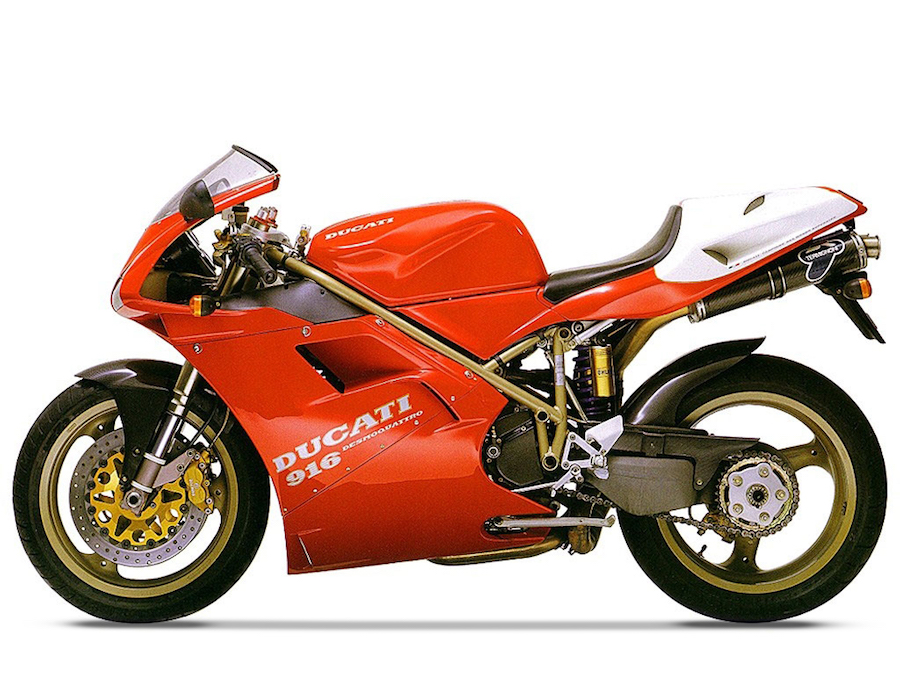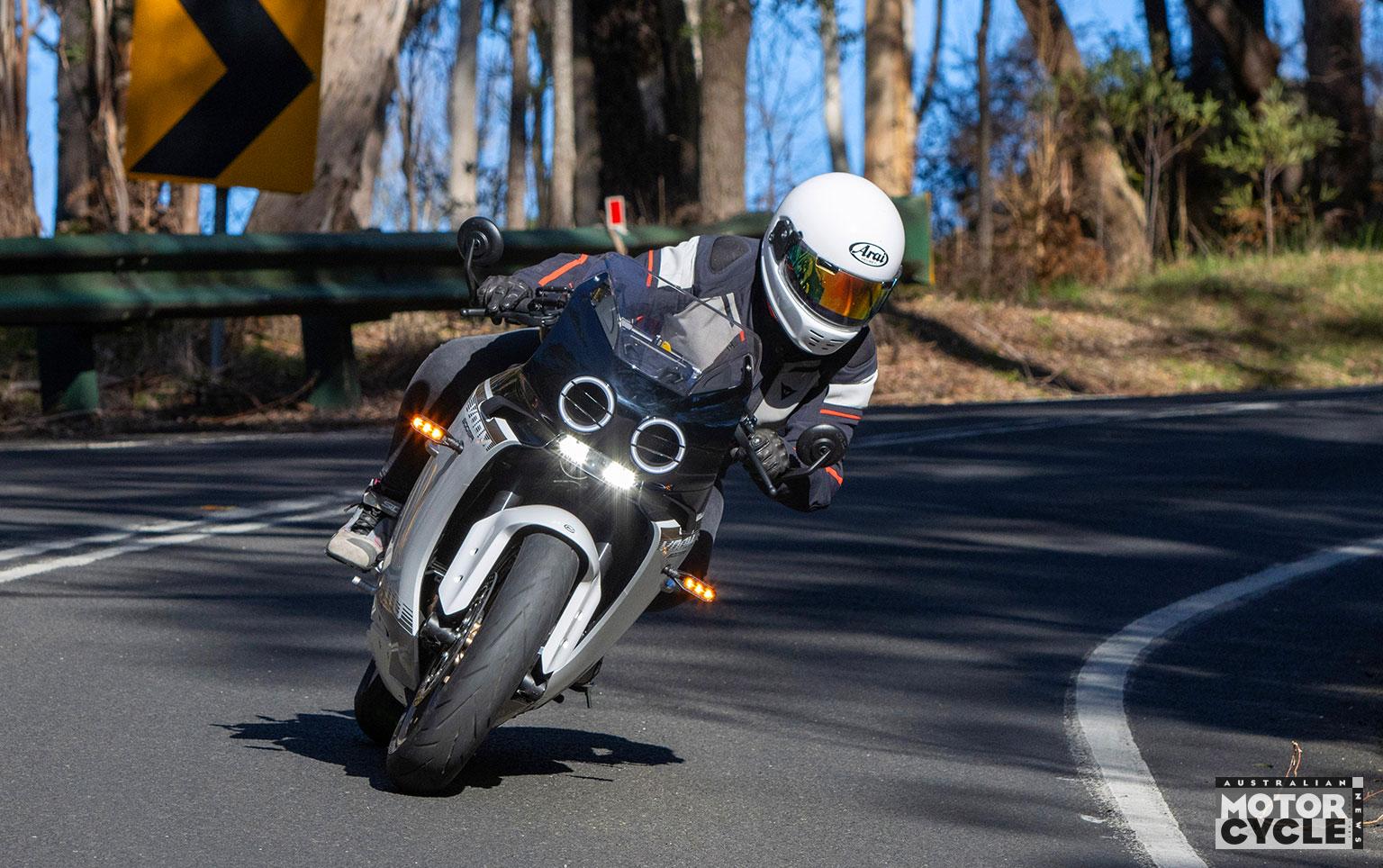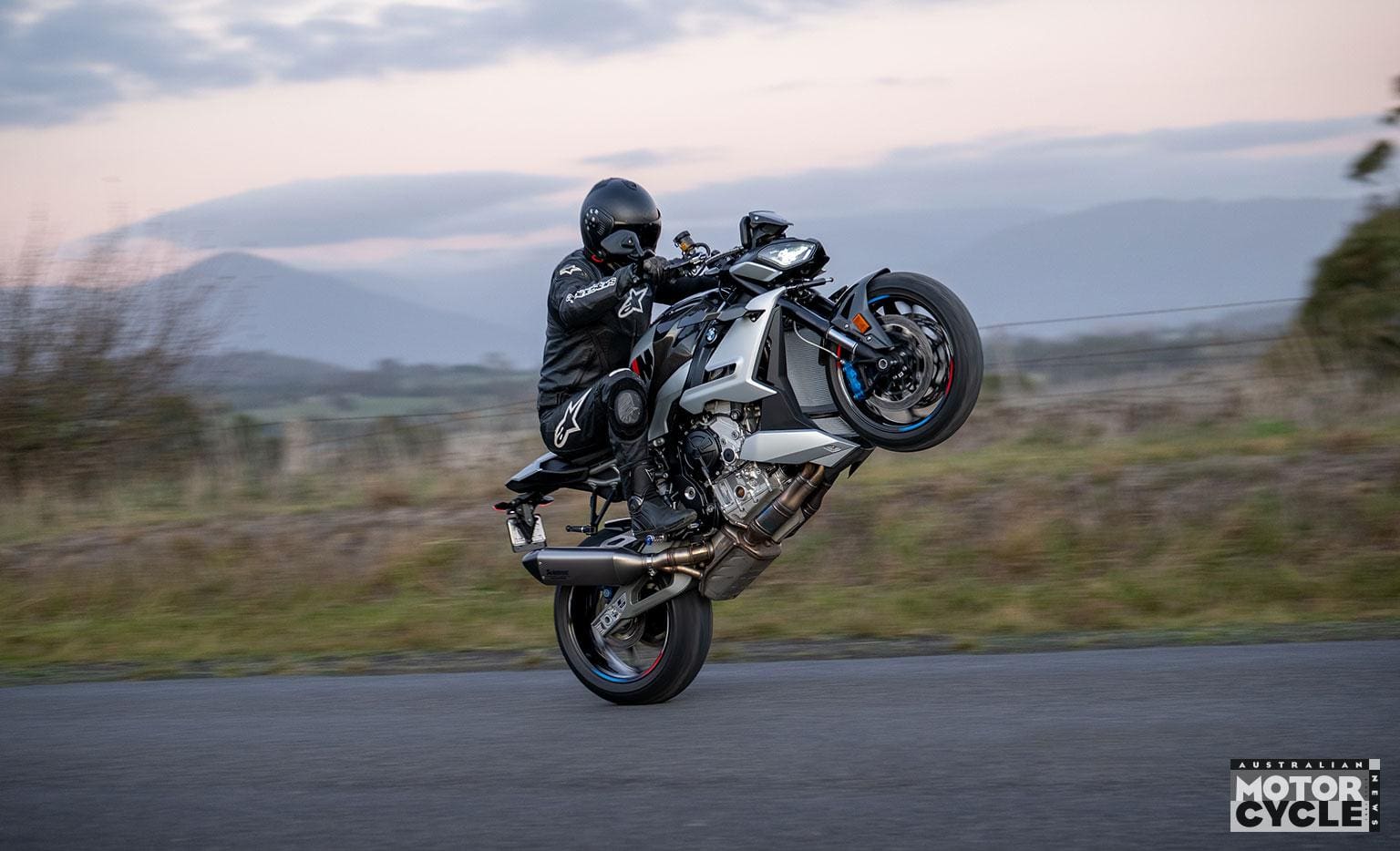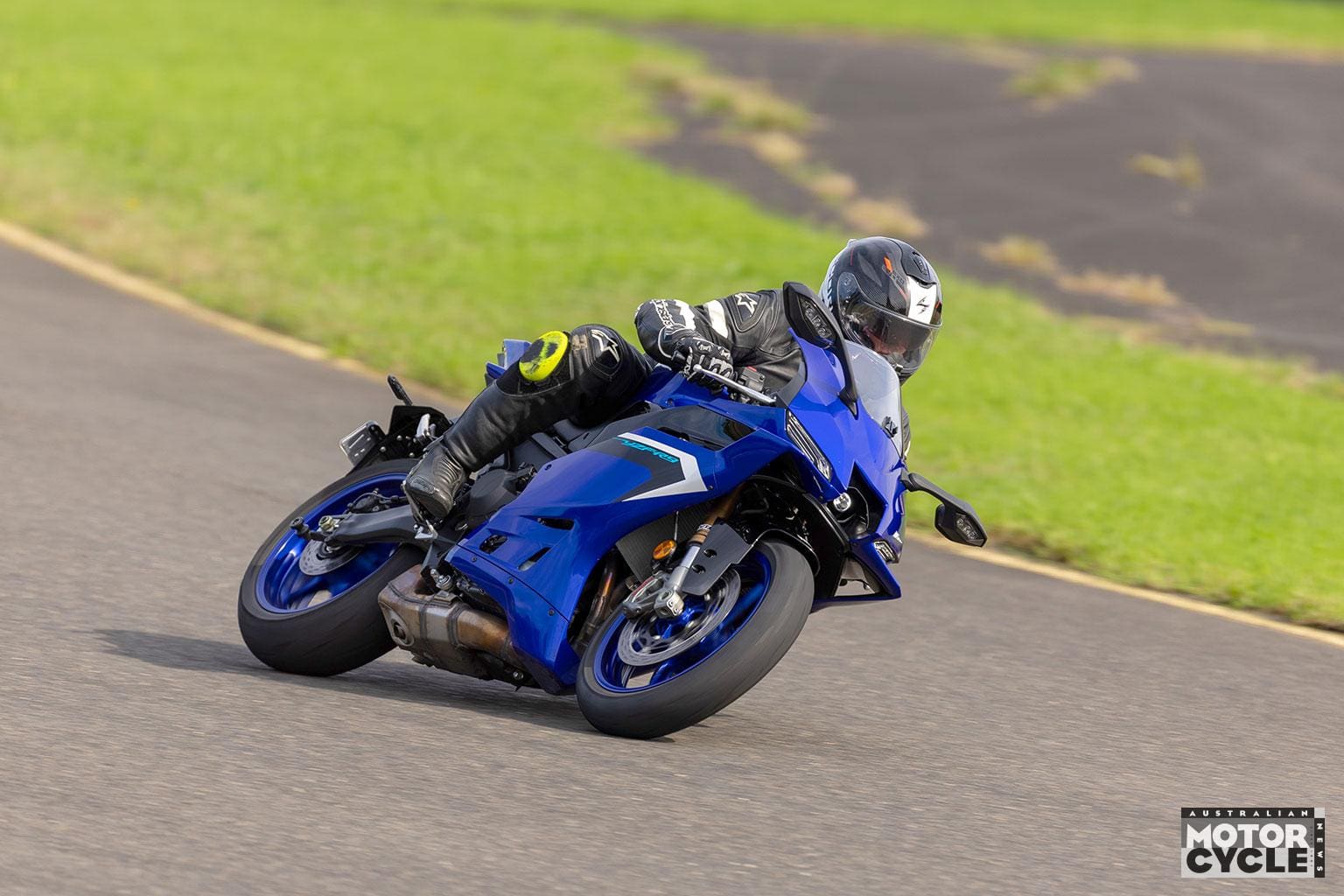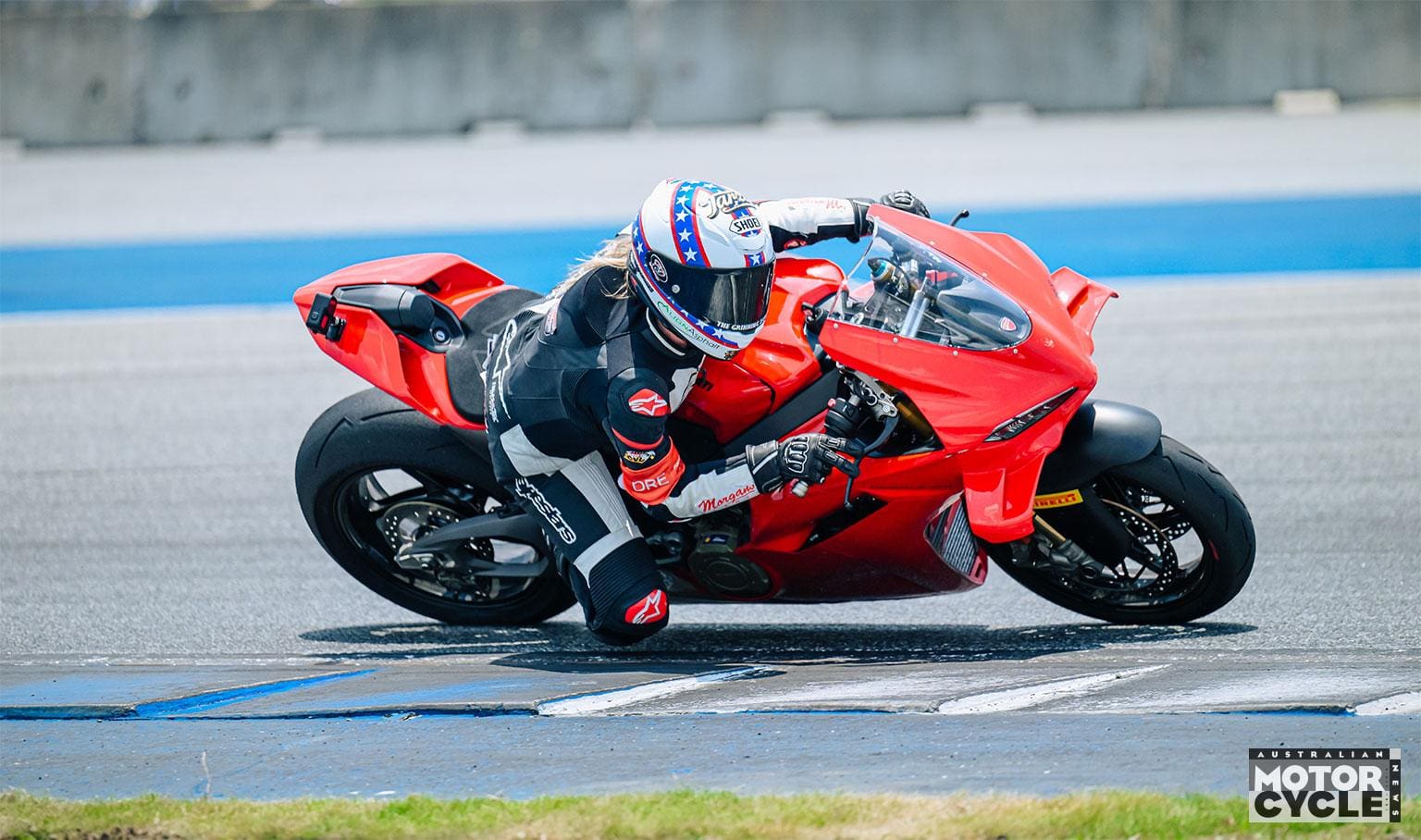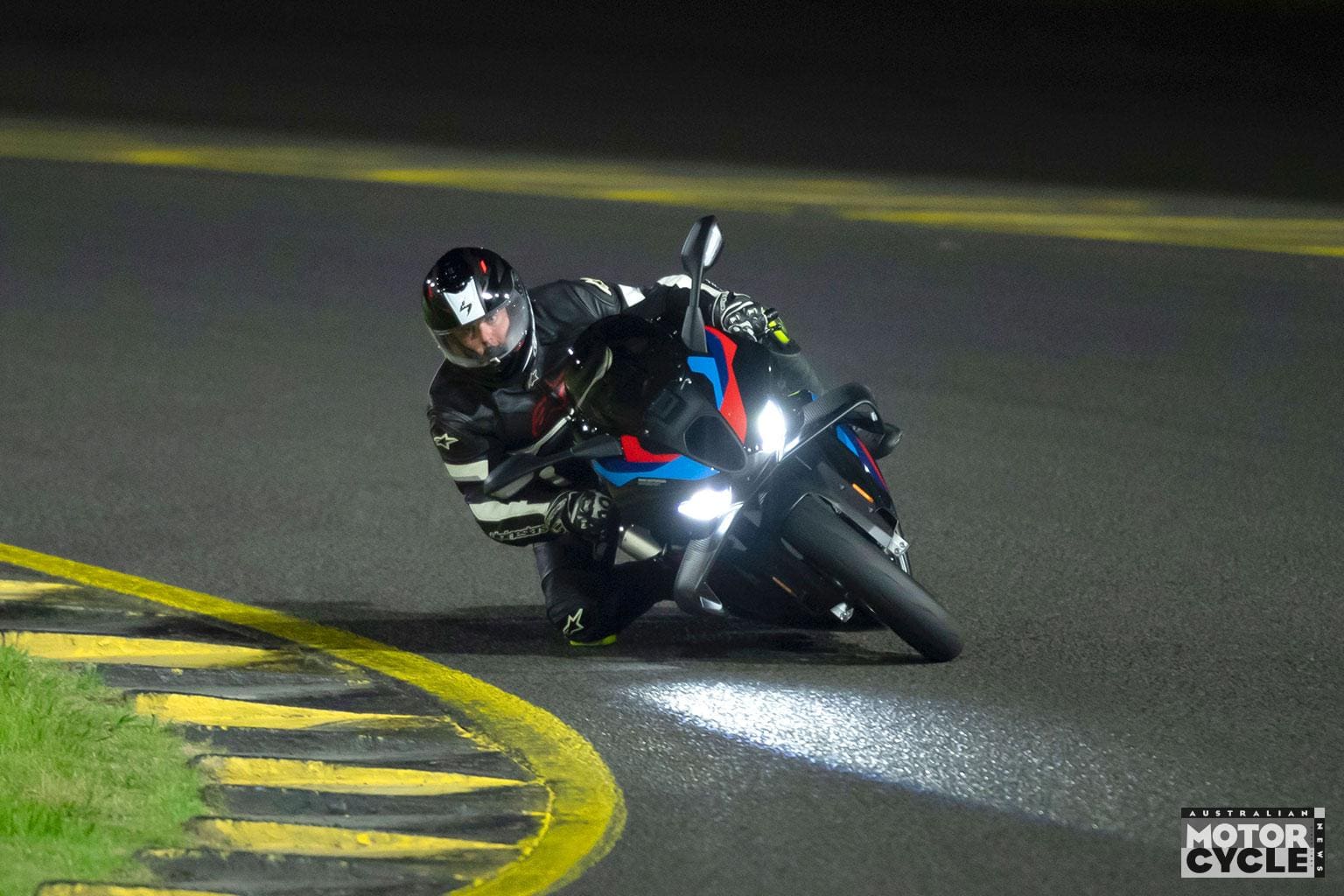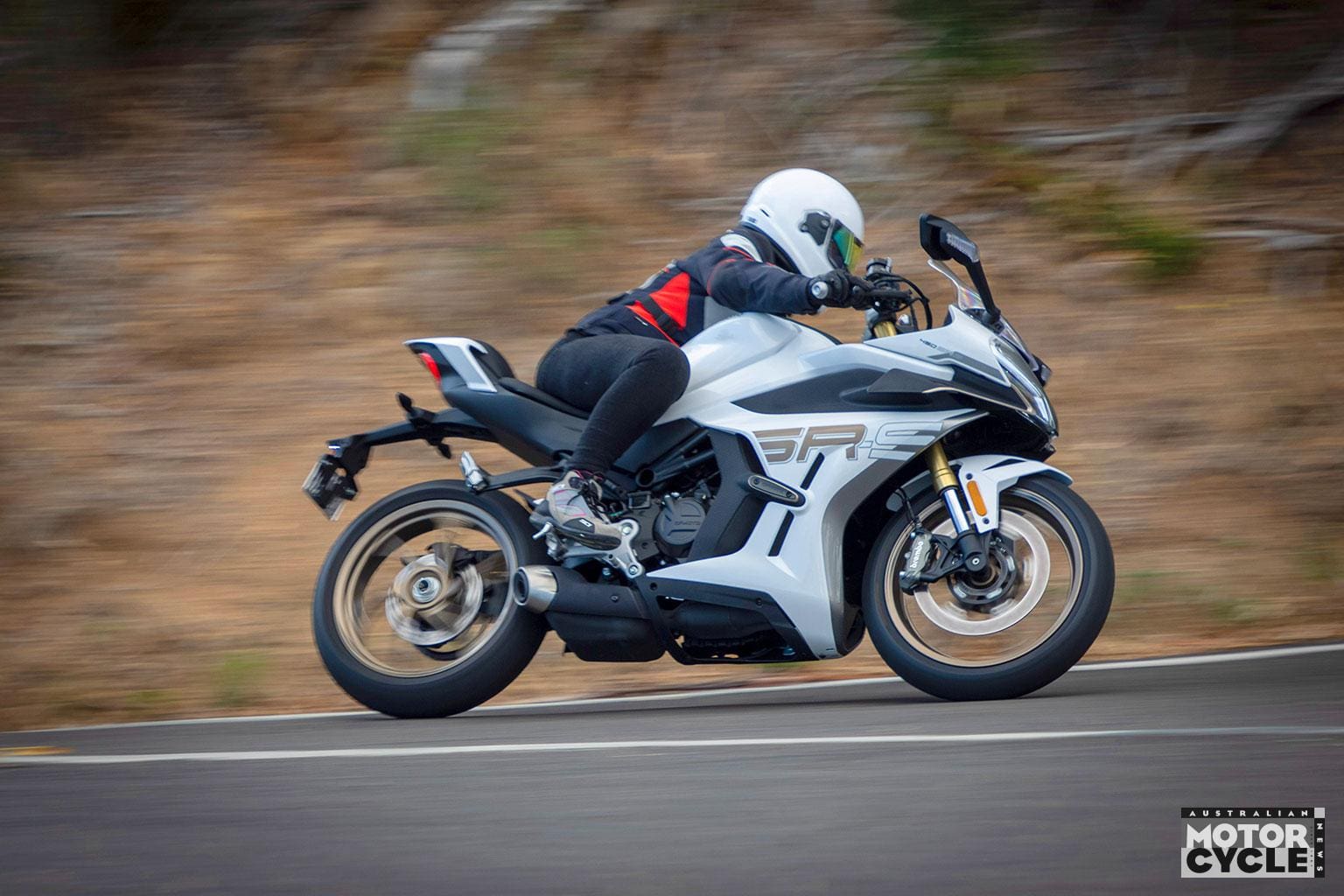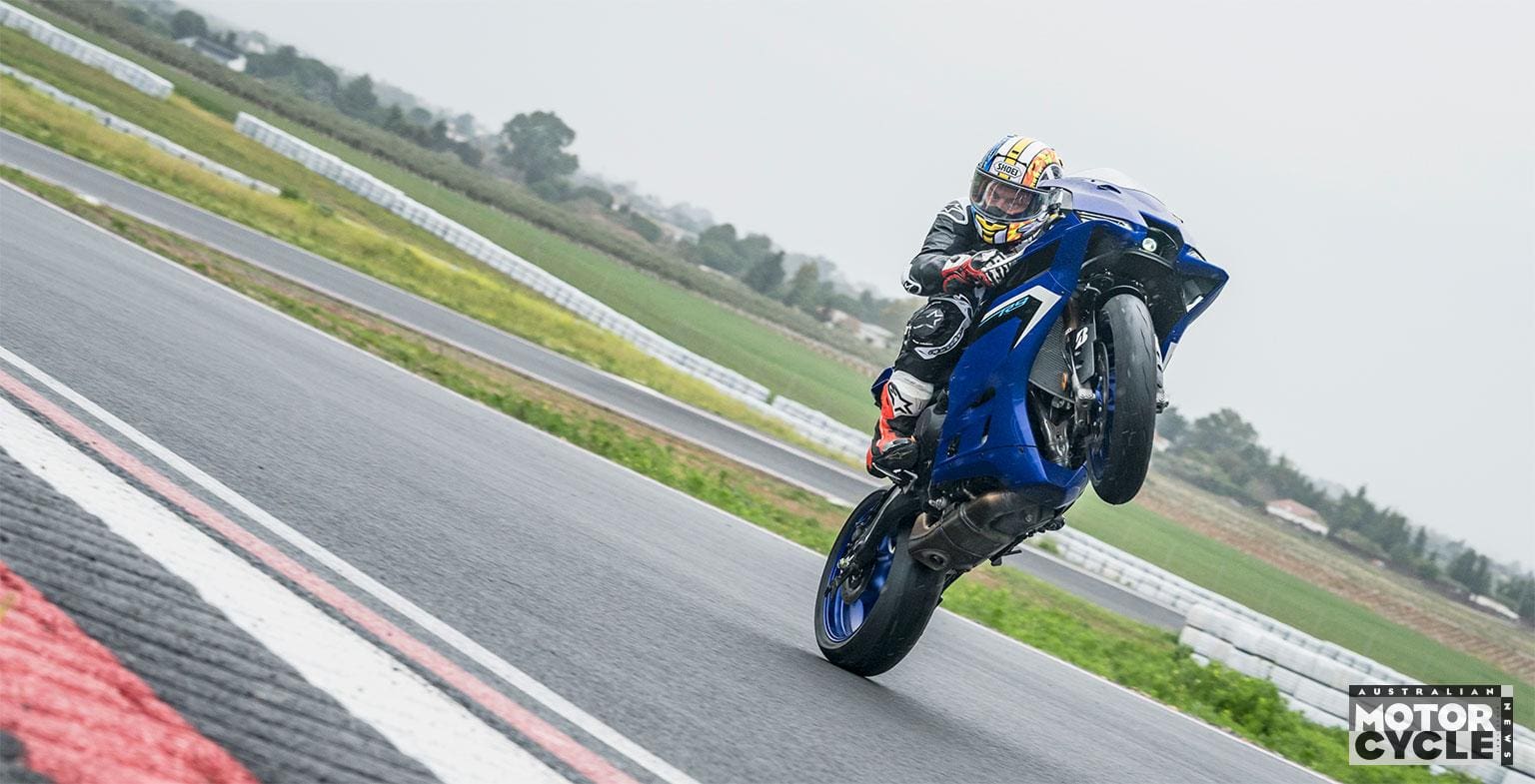Ducati’s 916 and the equally tantalising 1299 Panigale are two of the most beautiful superbikes to emerge from Bologna, Italy
2015 Ducati 1299 Panigale
The Panigale revolutionised motorcycle engineering by introducing Ducati’s ‘Monoscocca’ chassis when it was first unveiled as an 1199 in 2012. Ducati employed a cast aluminium ‘backbone’ to join the steering head to the subframe via the cylinder heads, using the engine as a fully stressed chassis member. The airbox – including the air filter, throttle bodies and injectors – was incorporated into the frame, centralising mass and reducing weight. Dynamic electronic suspension, anti-wheelie, traction control, engine braking control, up and down quickshifter, switchable ABS, and ride-by-wire engine maps are also part of the package.
What it’s got
The Ducati 1299 Panigale is powered by a liquid-cooled,1285cc, 90° V-twin, fuel-injected four-stroke engine with DOHC and four desmodromically-actuated valves per cylinder. Power runs through a six-speed constant-mesh gearbox. The front suspension is a 50mm USD Marzocchi fork with 120mm of travel. The rear has a single-sided swingarm with a Sachs monoshock and 130mm of travel. Braking is handled by two 330mm discs on the front wheel, clamped by four-piston calipers. The 245mm disc at the rear is clamped by a two-piston caliper. The fuel tank holds 17 litres.
Geometry
Frame: Aluminium. Rake: 24°.
Trail: 96mm. Wheelbase: 1437mm.
Seat height: 830mm. Weight: 166.5kg (dry).
Wheels: three split-spoke cast (17in front & rear).
Performance
Power: 150.8kW @ 10,500rpm
Torque: 144.6Nm @ 8750rpm
Compression ratio: 12.6:1
Bore and stroke: 116mm x 60.8mm
Top speed: 305km/h
Fuel consumption: 7L/100km
Price
$27,990 (+ ORC)

DID YOU KNOW?
The Ducati 916 was designed to dominate on race day. Renowned designer Massimo Tamburini endowed the model with a single-sided swingarm to help with fast changes of direction, and an underseat exhaust for aerodynamics

1997 Ducati 916
Ducati’s 916 was released in 1994 and immediately turned the Superbike scene on its head by winning five of the next six WSBK titles in the hands of Troy Corser and Carl Fogarty. The engine was a stroked version of the previous 888 model, and also came with a revised fuel-injection system, a larger airbox and twin undertail exhausts with a note that was simply irresistible. It also had adjustable yokes for owners to alter the rake and trail of their front-end. Still heralded by most as the best looking bike built in the period, the 916 model was superseded in 1998 by the 996cc version which was identical in appearance to its smaller-capacity brother.
What it’s got
The Ducati 916 is powered by a liquid-cooled, 916cc, 90° V-twin, fuel-injected four-stroke engine with DOHC and four desmodromically-actuated valves per cylinder. Power runs through a six-speed constant-mesh gearbox. The front suspension is a 43mm Showa USD fork with 127mm of travel. The rear has a single-sided swingarm with a Showa monoshock and 130mm of travel. Braking is handled by two 320mm discs on the front wheel, clamped by four-piston calipers. The 220mm disc at the rear is clamped by a two-piston caliper. The fuel tank holds 17 litres.
Geometry
Frame: Tubular steel. Rake: 23.5-24.5°.
Trail: 91-97mm. Wheelbase: 1410mm.
Seat height: 790mm. Weight: 194.5kg (dry). Wheels: three-spoke cast (17in front & rear).
Performance
Power: 79.6kW @ 9000rpm
Torque: 90Nm @ 7000rpm
Compression ratio: 11.0:1
Bore and stroke: 94mm x 66mm
Top speed: 257.9km/h
Fuel consumption: Not given
Price
$26,995 (+ ORC)
